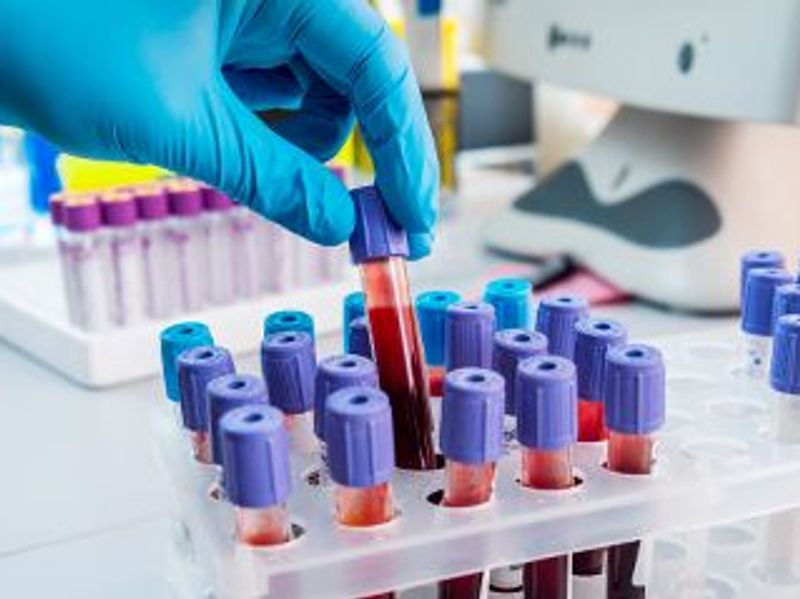TUESDAY, July 12, 2022 (HealthDay News) — Among persons who inject drugs (PWID) with chronic hepatitis C virus (HCV) infection, the proportion in whom HCV RNA was detected decreased from 100 to 48 percent from 2006 to 2019, according to a study published online July 12 in the Annals of Internal Medicine.
Javier A. Cepeda, Ph.D., from the Johns Hopkins Bloomberg School of Public Health in Baltimore, and colleagues conducted a community-based, longitudinal cohort study involving 1,323 PWID who were chronically infected with HCV to examine access to all oral HCV treatments and liver disease burden and mortality.
The researchers found that from 2006 to 2019, there was a decrease in the proportion in whom HCV RNA was detected, from 100 to 48 percent. There was a corresponding increase in self-reported treatment, from 3 percent in 2014 to 39 percent in 2019. Across 10,350 valid liver stiffness measures, cirrhosis was detected in 15, 19, and 8 percent of participants in 2006, 2015, and 2019, respectively. There was a significant association seen for undetectable HCV RNA with reduced odds of cirrhosis (adjusted odds ratio, 0.28) and all-cause mortality risk (adjusted hazard ratio, 0.54).
“With continued testing, treatment, and interventions to strengthen linkage to care and prevent HCV transmission, elimination of HCV infection could be achieved within the next decade,” the authors write.
Abstract/Full Text (subscription or payment may be required)
Copyright © 2022 HealthDay. All rights reserved.


